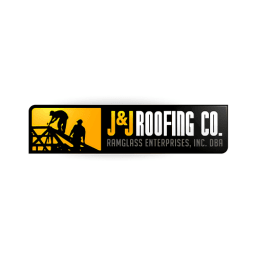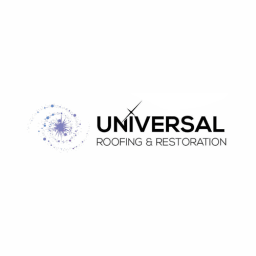
2024

Best Roofers
Find a Top-Ranked Roofer Near You
We did the research for you!
- Licensing
- User Reviews
- Mystery Shopping Calls
Learn about our selection process.
Top Roofers
= Featured Provider
New York, NY
Wagner Construction
44 Bethpage Rd Unit 8, Hicksville, NY 11801Islandwide Seamless Gutters & Leaders Systems Inc.
160 W Old Country Rd Unit 5, Hicksville, NY 11801B&B Siding and Roofing
33 Lott Ln, Staten Island, NY 10314
Los Angeles, CA
J & J Roofing Co.
1485 Lincoln Avenue, Pasadena, CA 91103Roof Repair Specialist
1061 North Victory Place, Burbank, CA 91502Home Upgrade Specialist
733 N La Brea Ave Ste 200, Los Angeles, CA 90038
Chicago, IL
Donaly Roofing & Construction
Chicago, IL 60651O'Danny Boy Builders
7624 Madison St, Forest Park, IL 60130J.L. Contractor Services
4530 N Mulligan Ave, Chicago, IL 60630
Brooklyn, NY
Gino's Roofing
89 Little Clove Rd, Staten Island, NY 10301AK Roofing & Waterproofing
666 Hemlock St., Brooklyn, NY 11208William & Hugh Roofing
45-12 #311 46th Street, Sunnyside, NY 11104
Queens, NY
Charlie’s Roofing
61-43 186th St, Queens, NY 11365A&E Queens Roofers
35-06 Leavitt Street, Queens, NY 11354Eden Queens Roofing Contractors
43-49 10th Street, Queens, NY 11101
Houston, TX
Universal Roofing & Restoration
9110 Clarkcrest St Ste 720, Houston, TX 77063EZ Roof Houston
4520 W 34th St Ste J, Houston, TX 77092Paramount Roofing
1208 Sheffield Blvd, Houston, TX 77015
Phoenix, AZ
Stonecreek Phoenix Roofing
10221 N 32nd St Ste A, Phoenix, AZ 85028Expertise.com Concierge Service
Phoenix, AZAlmeida Roofing Inc.
9845 W Tether Trl, Peoria, AZ 85383
Philadelphia, PA
Guardian Home Improvements
460 Veit Rd Ste F, Huntingdon Valley, PA 19006M&J Roofing
4171 Route 42 Building A 2nd Floor, Philadelphia, PA 08012Carranza Roofing & Remodeling
98 DeKalb St Unit A, Bridgeport, PA 19405
San Antonio, TX
Transcendent Roofing
19179 Blanco Rd 105, San Antonio, TX 78258Expertise.com Concierge Service
San Antonio, TXERI Roofing and Solar
2300 W Commerce St #216, San Antonio, TX 78207
Dallas, TX
Elite Roofing and Consulting
Dallas, TX 76065K&M Services
11319 Tantor Road, Dallas, TX 75229Baker Roofing & Construction, Inc
4307 Delmar Ave, Dallas, TX 75206











.jpg)








.jpg)





.jpg)



